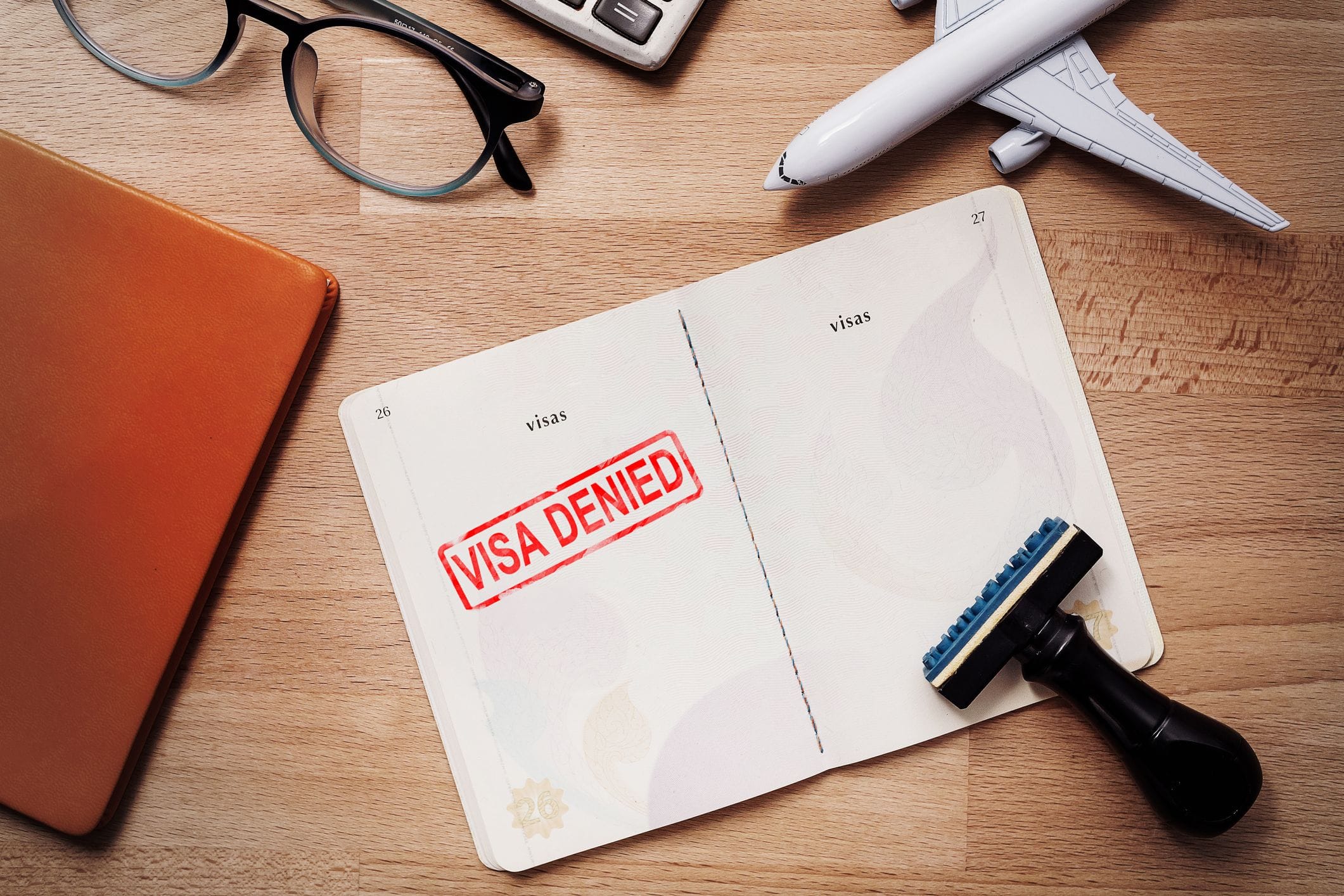The prospect of facing removal from Canada is undoubtedly a challenging situation. However, for many individuals in this predicament, there exists a lifeline known as the Pre-Removal Risk Assessment (PRRA). This assessment provides a crucial opportunity to present one's case and potentially avoid removal by outlining the risks they might face upon return to their home country.
What is a Pre-Removal Risk Assessment (PRRA)?
A Pre-Removal Risk Assessment is a vital process that evaluates whether an individual being removed from Canada would encounter dangers such as torture, persecution, or risks to life or cruel treatment. This opportunity is generally extended to those who have received a removal order from the Canada Border Services Agency (CBSA).
12-month Bar from applying for a PRRA:
Individuals who made a refugee claim or who previously applied for a PRRA and whose application was rejected, abandoned or withdrawn must wait one year before applying. There is an exception - in some cases, if conditions in your home country change suddenly, you might be allowed to apply before the 12 months are up, or you are from a tax-exempt country. The Canada Border Services Agency (CBSA) officer handling your case will determine if you qualify for an early PRRA application.
Initiating the PRRA Application:
To apply for a PRRA, eligible individuals must have received a Notification Regarding a Pre-Removal Risk Assessment from CBSA. The application involves submitting the required forms and written submissions, either online through Canada Post's Connect or by mail to the Immigration, Refugees and Citizenship Canada (IRCC) Humanitarian Migration office.
How a PRRA Can Help:
The PRRA serves as a platform for individuals facing removal to describe in writing the risks they anticipate upon returning to their home country. If the PRRA application is approved, it can lead to a stay in Canada, allowing individuals to remain in the country.
Assessment Criteria:
The assessment primarily focuses on determining whether the applicant would personally face a danger of torture, risk to life, or cruel treatment or punishment in their home country. Factors such as the inability to seek protection, facing the risk throughout the country, and the absence of legitimate sanctions are considered. Alternatively, applicants may qualify based on a well-founded fear of persecution due to factors like race, religion, nationality, political opinion, or social group membership.
Stay of Removal Order:
For first-time PRRA applicants, a stay of the removal order is granted, suspending the arrangements for removal during the processing of the application. It is imperative to submit the application within the specified deadlines to maintain this stay.
Second PRRA Application:
If it's not the first PRRA application, or if submitted late or at a port of entry, there is no automatic stay of the removal order.
Voluntary Departure:
Individuals not wishing to apply for a PRRA and opting for voluntary departure must complete the 'Statement of No Intention' section in the application form and report to the CBSA office as per the instructions in the notification.
Documentary Evidence:
Various documents, such as articles, legal papers, police records, medical documents, personal statements, and letters, can be submitted as evidence to support the PRRA application.
Why you need an Immigration Lawyer from AKM Law
In the face of potential removal from Canada, the Pre-Removal Risk Assessment process stands as a crucial avenue for individuals to present their case and seek protection. Navigating this process with due diligence, understanding the criteria, and providing compelling evidence are essential steps in the pursuit of a successful PRRA application. As the process unfolds, applicants must adhere to the guidelines and deadlines outlined in their notifications to secure the best possible outcome. It's during such crucial moments that the expertise of immigration lawyers at AKM Law becomes indispensable. Their experience ensures a thorough understanding of the PRRA process, allowing applicants to navigate it confidently, present a compelling case, and strive for the best possible outcome in their pursuit of continued residency in Canada.




